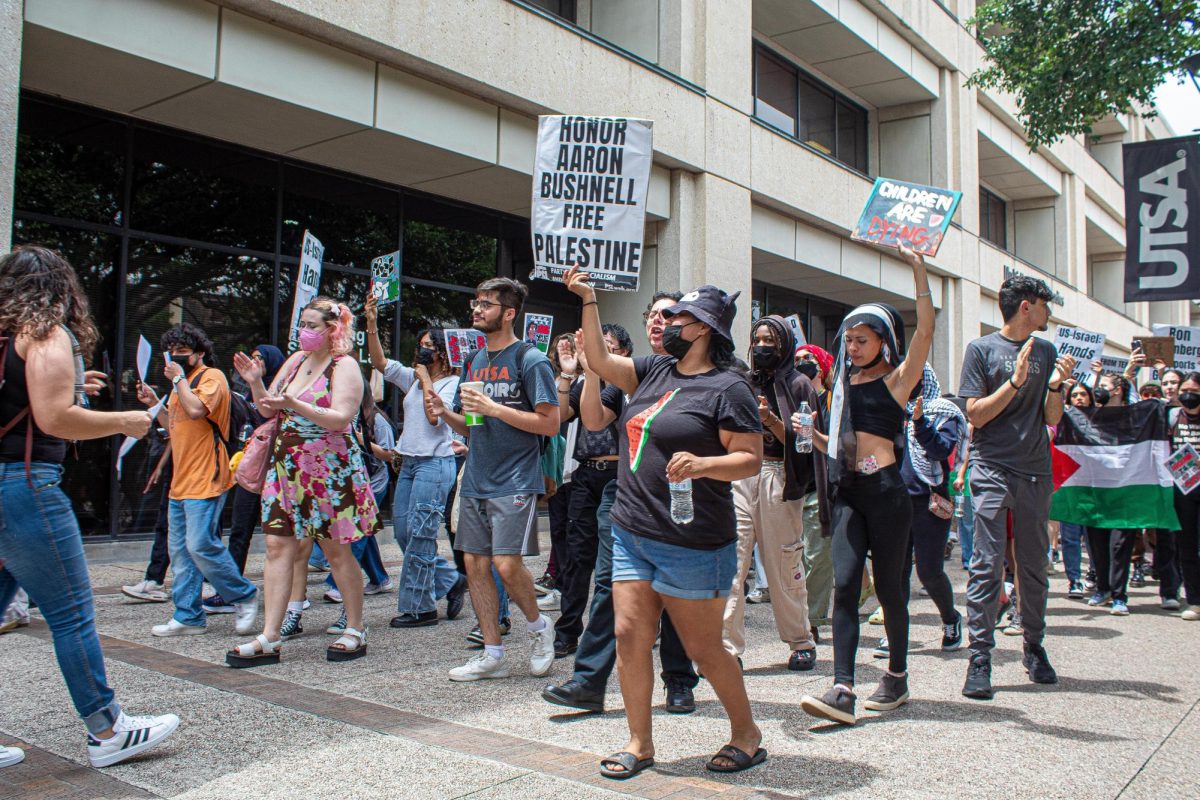In an analysis released on Mar. 18 by Richard Florida, the senior editor at The Atlantic, the San Antonio Metropolitan area was listed as the metropolitan area with the highest levels of income segregation.
According to Florida, the report was conducted by analyzing the concentration of low-income vs. high-income residents in a given neighborhood.
The analysis, which was coordinated with the help of Charlotta Mellander, a professor of economics at Jönköping International Business School, also found that income segregation is influenced by the size of the city, income inequality and race.
The Century Foundation, a non-partisan think-tank that focuses on equality and opportunity issues in the U.S., reported that income segregation results in “fewer Americans interacting with people outside their own socioeconomic class, less empathy and more political polarization” and is a leading factor in the decline of middle class neighborhoods.
“Obviously, you never want to end up on a list like that,” said Mayor Julian Castro in an interview with KSAT News following the release of Florida’s analysis. “We need to revitalize our older neighborhoods so that you have a mix of people living amongst each other.”
Dr. Nazgol Bagheri, an assistant professor of urban geography in the Department of Political Science & Geography at UTSA, also expressed her concern regarding the analysis.
“Income and racial segregation not only negatively affects the quality of life in lower income neighborhoods, but also dramatically deprives society as a whole,” she said.
Nevertheless, she remains hopeful for the future of San Antonio despite the current circumstances.
“UTSA is combating educational inequality by expanding its Downtown Campus and programs, making it more accessible to a diverse body of students,” and “initiatives to desegregate San Antonio have already begun in downtown neighborhoods.
But, we must be careful because there is a fine line between desegregation and gentrification.”
Audrey Magnuson, the university career center director, believes that, although the analysis is a disappointment, there is hope that San Antonio will unite to overcome the obstacles of inequality.
“The mayor came out a few years back with SA2020, which is our vision for the future of San Antonio. I look at (the report) as an opportunity for a UTSA graduate to go out and help make the change that is the vision of SA2020 and the revitalization of San Antonio.
“I think this is more of an opportunity for a UTSA graduate, rather than a concern, to go out looking at our city as an opportunity to create new growth and contribute to the vision.”











